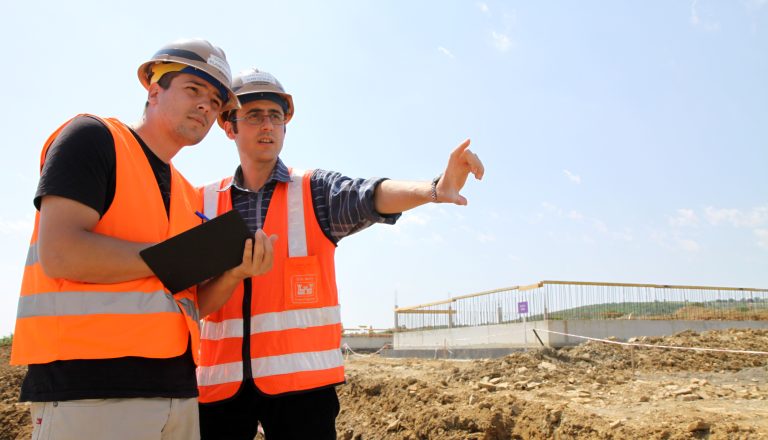As property management goes, there are few businesses as broad and encompassing as Jones Lang LaSalle (JLL). Specialising in all things property, and offering a range of services to suit any and all property owners, the company has gained local, national and international esteem and continues to satisfy its clients and, in turn, their tenants, with its winning formula of care and attention. Specialising in real estate services and investment management from the very beginning, JLL has enlarged and diversified both its ambitions and services to become much of a one-stop-shop in property and asset management. Made up of two distinct strands, its business-to-consumer arm and more recently established, business-to-business arm, the residential management team boasts a portfolio of over 3,000 properties across the UK and this figure continues to grow month on month. Within such a large portfolio of properties, lies a diverse range of clients and, thus, a resounding variation in expectation. JLL strives to understand each individual client’s needs from the outset, as Samuel Winnard, Head of London Residential Property Management at JLL, makes clear: “We’re not working to predetermined terms and conditions, we’re managing to different and individual expectations, and our philosophy involves getting to know landlords and what they require of us. We’ve acknowledged that landlords are increasing busy, and they don’t necessarily have the time to get to grips with their legal responsibilities in what is heavily-legislated sector. Our role is very much advisory and, with unrivalled understanding of the sector, we’re able to recommend approaches and strategies specific to each client.” The company extends this same emphasis on personalisation to tenants themselves; making a conscious effort to not only listen to, but incorporate the opinions of residents within its services. [premium_content level=”2″] For JLL, communication is paramount and, in a world where, as Winnard accurately describes it, “Everyone wants something done yesterday,” JLL is incredibly efficient and promotes positive relationships in order to best serve clients and tenants. JLL’s keen attention to both client and tenant is arguably most valuable when it comes to advising investors on the new wave of Private Rented Sector (PRS) schemes coming to the market. Having transitioned management of the a PRS block in East London in March 2015, the company has since increased the rental income of the scheme by approximately 20%, generating some £3m per annum. This comes as a result of JLL driving service improvements, implementing upgrades of communal spaces and the establishment of a cohesive, community feel through a variety of resident engagement exercises. As a further indication that JLL has the perfect mix of expertise for the PRS market the East London scheme has also seen void periods of less than one percent, and zero aged rent arrears Like most managing agents JLL, and their clients, rely upon third party contractors to deliver maintenance services and the company is incredibly discerning when selecting partners. “Anyone we work with is viewed as an extension of JLL,” explains Winnard. “It’s crucial that sub-contractors demonstrate they meet our expectations and can perform with the same diligence we do. We have long established relationships with a modest number of key sub-contractors who are trusted suppliers and have committed to our customer charter.” Not only adding value from an early stage, but maintaining a meticulous and attentive approach throughout the management of a property, JLL offers security on investment and a personal touch to asset management. Despite possessing global reach, the company has yet retained its bespoke, comprising service and, it’s with that, that JLL continues to have a strong foothold in the market. [/premium_content]













